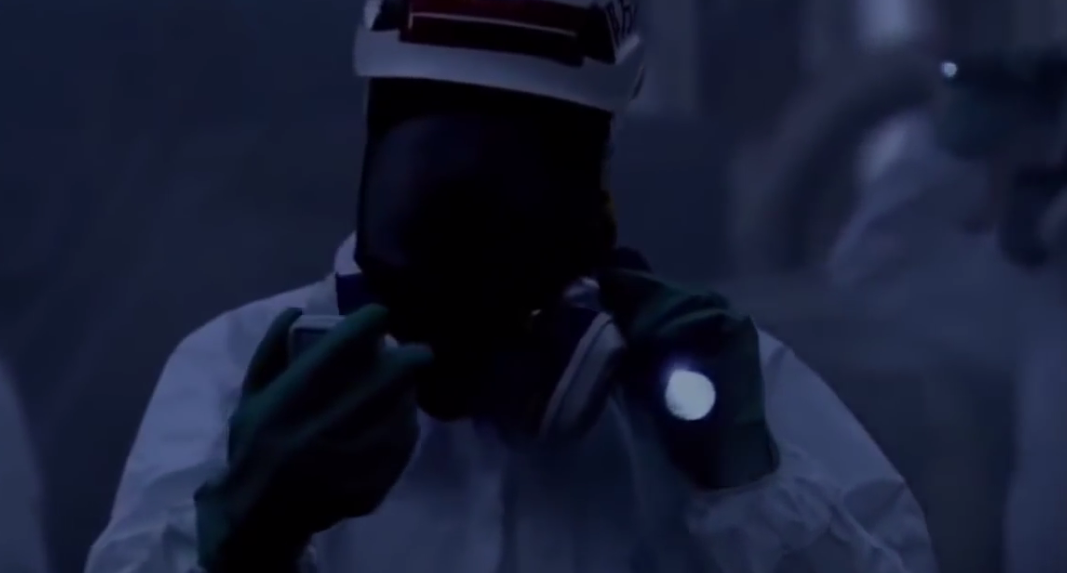Fukushima disaster could have been prevented, according to new study; TEPCO shortsightedness to blame
09/25/2015 / By Greg White

The most tragic disasters are those that could have been avoided. According to a recent study, one of the worst nuclear accidents in human history, the Fukushima disaster, was not an inevitable corollary of nature, but a consequence of human negligence and insufficient pre-tsunami planning.
The Tokyo Electric Power Company (TEPCO), the company responsible for cleaning up the nuclear disaster, has already admitted to lying about the severity of the debacle. This revelation caused many people to suspect that TEPCO had a hand in the accident. These suspicions proved true.
According to the study, published in the Journal Philosophical Transactions of the Royal Society, the nuclear meltdown occurred after damage rendered the facility unable to cool the fuel in nuclear reactors. After the tsunami struck, the nuclear reactors melted to their core, causing an unknown amount of nuclear fuel to infest the groundwater beneath the Fukushima site.(1)
Check out TruthWiki.org for an extensive resource of information on the Fukushima disaster, corrupt scientists, mainstream media and more!
Poor geographical placement
But the power plant’s nuclear reactors didn’t have to melt. What ultimately led to Fukushima’s demise was the elevation of the emergency diesel generators (EDGs), the author of the study purports. One generator was installed in the basement. The other generators were a mere 10 to 13 feet above sea level.(1)
The geographical placement of the power plant bears some responsibility as well. TEPCO lowered the height of the coastal cliffs surrounding the nuclear power plant, which led to mass flooding after the tsunami struck. The company did so on the grounds of inaccurate modeling and imprecise data. Now, TEPCO doesn’t have any ground to stand on.(1)
Specifically, TEPCO predicted that water from a tsunami on par with the one that struck the power plant in 2011 would not rise above 6.1 meters. This figure was derived from low-resolution studies of earthquakes measuring 7.5 on the Richter scale.(1)
TEPCO ignores calculations
TEPCO used this data, despite multiple reports that suggested an 8.6 earthquake could strike the area with ease. Two independent calculations performed in 2008 revealed that waves 8.4 to 10 meters in height could strike the power plant.(1)
The authors also noted that the 8.8 earthquake which rocked Chile in 2010 should have woken up TEPCO. The company did conduct an additional analysis following the quake. Nevertheless, TEPCO continued to claim tsunami waves could only reach 5.7 meters in height, even though some scientists on the team urged that the threshold should have been much higher.(1)
“The problem is that all of TEPCO’s studies were done internally; there were no safety factors built in the analysis, which anyway lacked context. Globally, we lack standards for the tsunami-specific training and certification of engineers and scientists who perform hazard studies, and for the regulators who review them, who can in principle ensure that changes be made, if needed,” stated Costas Synolakis of USC’s Viterbi School of Engineering in Turkey.(1)
Waves stretching 7 meters in height laid waste to the Fukushima site in 2011. If the company had better foresight and didn’t ignore data that suggested otherwise, the company could have prevented one of the worst nuclear disasters in history.(2)
The line between disasters that are a product of human choice versus natural forces is blurred. The Fukushima disaster was an unfortunate episode of history. Under the leadership of TEPCO, its future remains as unstable as the ground Fukushima sits upon.
For more breaking news on the continuing Fukushima disaster, check out Fukushima.news, powered by FETCH.news.
Sources include:
(1) RT.com
(2) AJW.Asahi.com
Submit a correction >>
Tagged Under:
nuclear disaster, nuclear meltdown, radioactive waste, TEPCO
This article may contain statements that reflect the opinion of the author
RECENT NEWS & ARTICLES
COPYRIGHT © 2017 FUKUSHIMAWATCH.COM
All content posted on this site is protected under Free Speech. FukushimaWatch.com is not responsible for content written by contributing authors. The information on this site is provided for educational and entertainment purposes only. It is not intended as a substitute for professional advice of any kind. FukushimaWatch.com assumes no responsibility for the use or misuse of this material. All trademarks, registered trademarks and service marks mentioned on this site are the property of their respective owners.




















